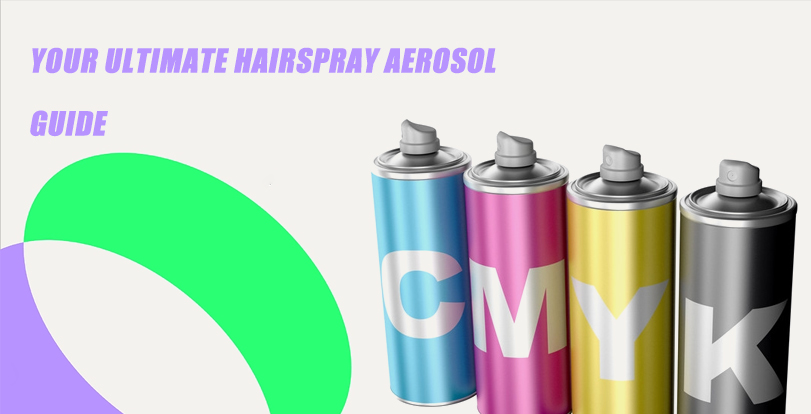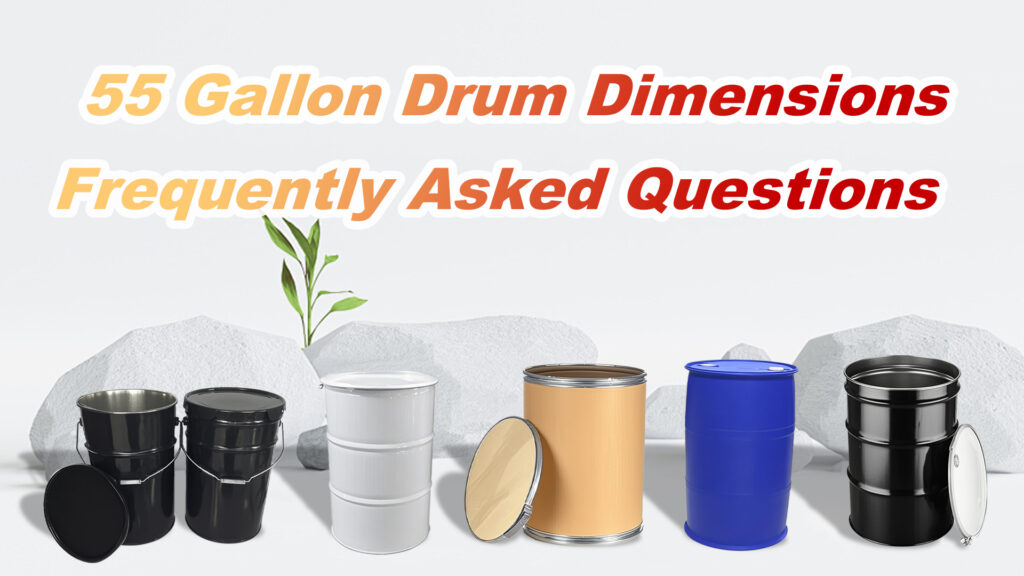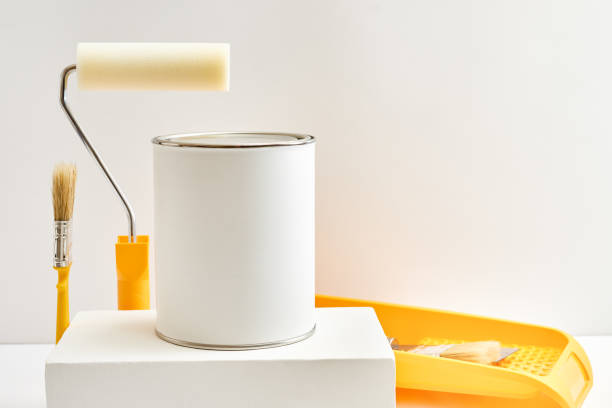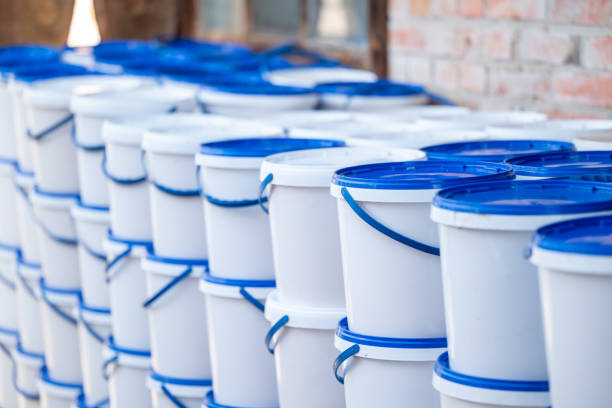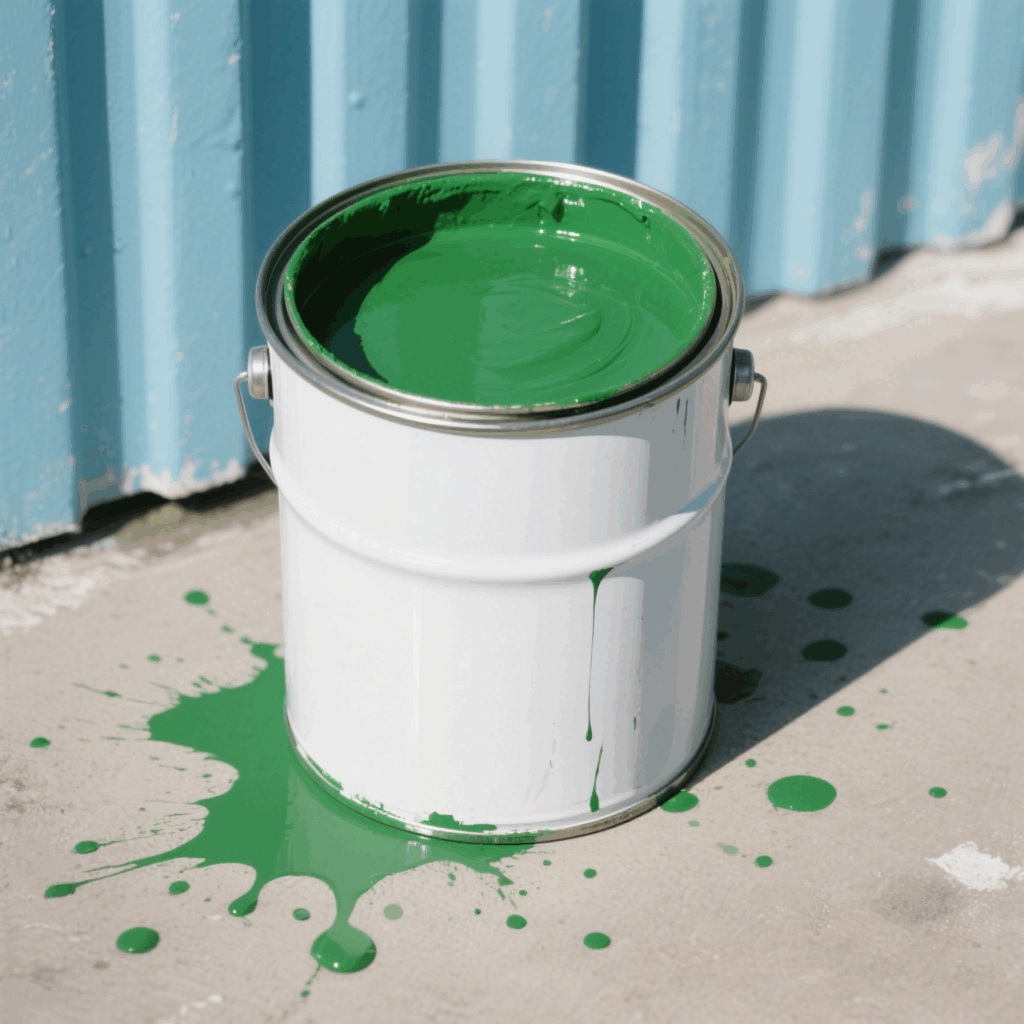That sweet, airy cloud that instantly elevates desserts, coffee, hot chocolate, and even just a bowl of fresh fruit. And let’s be honest, while homemade whipped cream has its charms, nothing beats the sheer convenience of grabbing a can from the fridge, giving it a shake, and dispensing a perfect swirl of deliciousness in seconds.
But have you ever stopped to wonder how that magic happens? Or maybe you’ve encountered frustrating issues – runny cream, a clogged nozzle, or a can that stops working halfway through? Perhaps you’re curious about the ingredients, the environmental impact, or simply how to get the best results every single time.
If any of that sounds familiar, you’ve come to the right place. Consider this your definitive guide to the world of aerosol whipped cream. We’ll dive deep into everything you need to know, from the science inside the can to troubleshooting common problems and making sustainable choices. Let’s demystify that can and turn you into a whipped cream pro!
The Science Behind the Swirl – How Does Aerosol Whipped Cream Work?
It seems simple: press a nozzle, get whipped cream. But there’s some clever food science and engineering packed into that unassuming can. Understanding it helps appreciate the process and troubleshoot problems.
Inside the Can:
- The Cream Mixture: This isn’t just plain cream. It’s typically heavy cream (containing a high percentage of butterfat, crucial for holding the structure), sugar or sweeteners, stabilizers (like carrageenan or cellulose gum, to prevent the cream from weeping or collapsing too quickly), and emulsifiers (like mono- and diglycerides, to keep the fat and water mixed smoothly). The exact formulation varies by brand and type (PER ESEMPIO., dairy vs. non-dairy).
- Il propellente: The real star of the show is the propellant gas. For whipped cream, this is almost universally Nitrous Oxide (N2O), sometimes known affectionately (or notoriously) as laughing gas.
- The Can Itself: A pressurized metal container (usually aluminum or steel) designed to withstand the internal pressure. It includes:
- Valve System: Controls the release of the contents when the nozzle is pressed.
- Ugello (Attuatore): What you press to dispense the cream. Often shaped to help create a decorative swirl.
- Dip Tube: A straw-like tube running from the valve down to the bottom of the can, ensuring the liquid cream (not just the gas) is drawn up when the can is held correctly.
The Magic Moment – Dispensing:
Here’s the sequence of events when you use the can:
- Shaking: This is critical. Shaking the can doesn’t just mix the ingredients; it helps dissolve the nitrous oxide gas into the cream, specifically into the fat globules within the cream. N2O is particularly good for this because it’s fat-soluble.
- Inverting: You hold the can upside down. This positions the liquid cream mixture at the valve opening, with the gaseous N2O (that hasn’t dissolved) at the top (which is now the bottom relative to the valve). The dip tube ensures the liquid is what gets pushed out.
- Pressing the Nozzle: This opens the valve. The high pressure inside the can forces the N2O-infused cream mixture out through the nozzle into the much lower atmospheric pressure outside.
- Foaming: As the mixture exits the nozzle, the dissolved N2O rapidly expands, coming out of solution and forming tiny bubbles within the cream. This expansion whips the cream instantly, creating the light, airy foam we love. The fat globules in the cream help trap these bubbles, giving the whipped cream its structure.
Why Nitrous Oxide (N2O)?
Nitrous oxide isn’t just chosen randomly. It has several properties that make it ideal for whipped cream:
- Fat Solubility: It dissolves well in the fatty cream, which is essential for the foaming process.
- Inert: It doesn’t significantly react with the cream or affect its flavor negatively. Some say it imparts a very slight sweetness.
- Bacteriostatic: It inhibits the growth of many bacteria, helping to preserve the cream once the can is opened (though refrigeration is still crucial).
- Creates Fine Bubbles: It produces a smoother, finer foam compared to, say, carbon dioxide (CO2), which creates larger bubbles (think soda water) and adds a tangy flavor unsuitable for sweet cream.
Choosing Your Champion – Navigating the Whipped Cream Aisle
Walking down the dairy (or non-dairy) aisle, you’re faced with options. How do you choose the right can for you?
- Brands and Types: You’ll find major dairy brands, store brands, and increasingly, non-dairy alternatives made from coconut milk, almond milk, or oat milk. Taste and texture can vary significantly. Don’t be afraid to try a few to find your favorite.
- Leggi l'etichetta – Ingredienti:
- Fat Content: Higher fat content generally leads to a richer taste and more stable foam. Look for “heavy cream” as a primary ingredient in dairy versions.
- Sweeteners: Check for sugar, corn syrup, or artificial sweeteners if you have dietary preferences or restrictions. Sugar-free options are available.
- Stabilizers/Emulsifiers: Carrageenan, gums, polysorbate 80 – these help maintain texture and prevent separation. While generally recognized as safe in small amounts, some people prefer to minimize additives.
- Dairy-Free/Vegan: If needed, look specifically for these labels. Check the base ingredient (coconut, almond, oat) as this heavily influences flavor.
- Can Size: Cans typically come in sizes like 7 Oz (around 200g) O 13-15 Oz (around 400g). Choose based on how frequently you use whipped cream. A larger can might seem economical, but if you only use a little bit occasionally, a smaller can might be better to ensure freshness and prevent propellant loss over time.
- Storage Before Opening: Aerosol whipped cream is usually shelf-stable Prima the first use, meaning it can be stored in a cool, dry pantry. Tuttavia, always check the label, as some brands might recommend refrigeration even before opening.
- Crucial: Refrigeration After Opening: Once you’ve used the can for the first time, it dovere be stored in the refrigerator. This keeps the cream fresh and ensures the N2O stays properly dissolved for optimal performance.
Master the Swirl – Tips for Perfect Whipped Cream Every Time
Getting that perfect, fluffy swirl isn’t hard, but following these steps makes a difference:
- Chill Thoroughly: For best results, make sure the can is well-chilled before use (at least a few hours in the fridge). Cold cream whips better and holds its shape longer. This also helps keep the N2O dissolved.
- Shake Vigorously: Before each use, shake the can well for about 15-30 seconds. Listen for the liquid moving inside. Proper shaking ensures the N2O dissolves into the cream. If you don’t shake enough, you might get runny cream or just propellant gas.
- Hold Completely Upside Down: This is non-negotiable! Holding the can vertically (straight up and down) with the nozzle pointing directly at your target ensures that the liquid cream mixture is dispensed. If you hold it at an angle or upright, you risk dispensing mostly propellant gas, leaving the cream trapped inside and potentially running out of gas before the cream is gone.
- Press Gently and Evenly: Press the nozzle smoothly. The pressure you apply controls the flow rate. Start gently until you get a feel for it.
- Aim and Swirl: Position the nozzle close to where you want the whipped cream. For a decorative swirl, start in the center and move outwards in a spiral motion, lifting the can as you finish. For a dollop, just press briefly in one spot.
- Clean the Nozzle Immediately: This is SO important! After each use, lift the nozzle tip, run it under warm water, and wipe it clean. Dried cream clogs the nozzle, leading to sputtering, uneven dispensing, or complete blockage next time. It’s also crucial for hygiene.
Uh Oh, What Went Wrong? Troubleshooting Common Whipped Cream Woes
Even with the best technique, things can sometimes go awry. Here’s how to tackle common problems:
-
Problem: Runny or Watery Cream
- Cause: Can not cold enough.
- Fix: Refrigerate for longer. Ensure your fridge is at the correct temperature.
- Cause: Not shaken well enough before use.
- Fix: Shake more vigorously next time (before dispensing).
- Cause: Propellant running low (often happens near the end of the can’s life).
- Fix: Unfortunately, not much you can do here. The can is likely nearing empty.
-
Problem: Clogged Nozzle (Nothing comes out or it sputters badly)
- Cause: Dried cream residue from previous use.
- Fix: Try cleaning the nozzle thoroughly under hot running water. You might need to gently use a toothpick (carefully!) to dislodge hardened cream, but avoid pushing it further in. Sometimes soaking the nozzle tip in warm water for a few minutes helps.
- Prevention: Always clean the nozzle immediately after use.
-
Problem: Can Stops Dispensing (Feels like there’s still cream inside)
- Cause: All the propellant gas has been dispensed, often due to incorrect usage (holding the can upright or at an angle).
- Fix: Sadly, once the gas pressure is gone, there’s no way to get the remaining cream out using the aerosol mechanism. This highlights the importance of always holding the can fully upside down.
- Cause: A deeper clog within the valve mechanism.
- Fix: Less common, and harder to fix. You can try the hot water cleaning trick again, focusing on the valve area under the nozzle. Don’t try to puncture the can.
-
Problem: Sputtering or Uneven Flow
- Cause: Nozzle partially clogged.
- Fix: Clean the nozzle thoroughly.
- Cause: Can needs shaking.
- Fix: Give it another good shake.
- Cause: Propellant running low.
- Fix: The can is nearing its end.
-
Problem: Off-Taste or Smell
- Cause: Cream has expired (check the date on the can).
- Fix: Discard the can.
- Cause: Improper storage (left out of the fridge for too long after opening).
- Fix: Discard the can. Food safety first!
- Cause: Nozzle wasn’t cleaned properly, leading to bacterial growth.
- Fix: Discard the can and remember to clean the nozzle diligently next time.
Handle with Care – Aerosol Can Safety
Aerosol cans are convenient, but they are pressurized containers. Always follow these safety precautions:
- Keep Away from Heat: Never expose the can to high temperatures (stovetops, direct sunlight, inside a hot car). Heat increases the internal pressure, which could cause the can to burst.
- Do Not Puncture or Incinerate: Even an “empty” can contains residual propellant and pressure. Never try to puncture it, and never throw it into a fire or incinerator.
- Store Properly: Keep cans in a cool, posto asciutto, away from heat sources and open flames. After opening, always store in the refrigerator.
- Intended Use Only: Whipped cream aerosol cans are for dispensing whipped cream onto food. Never intentionally inhale the contents. Nitrous oxide misuse is dangerous and can lead to serious health problems or even death due to oxygen deprivation.
- Food Safety: Always check the expiration date. Keep the nozzle clean to prevent bacterial contamination. If the cream smells or tastes off, discard it.
Think Outside the Pie – Creative Uses for Aerosol Whipped Cream
While topping desserts is its primary job, don’t limit your aerosol whipped cream!
- Beverage Booster: Top coffee, lattes, cappuccinos, hot chocolate, or even milkshakes.
- Instant Fruit Dip: Serve alongside fresh berries, melon, or apple slices.
- Pancake/Waffle/French Toast Flair: A dollop adds instant decadence to breakfast treats.
- Quick Frosting Fix: In a pinch, it can add a light, sweet topping to cupcakes or a simple cake (though it won’t be as stable as traditional frosting).
- Layered Desserts: Use it in parfaits or trifles for quick, airy layers.
The Environmental Angle – Aerosols and Sustainability
It’s natural to wonder about the environmental impact of using aerosol cans.
- Il propellente (N2O): Nitrous oxide is a potent greenhouse gas. While the amount in a single can is small, collective use contributes. Tuttavia, its contribution from aerosol products is minor compared to other sources like agriculture and industrial processes. Still, minimizing waste (using the entire can, not letting propellant escape) is good practice.
- La lattina: Most whipped cream cans are made of steel or aluminum, both of which are highly recyclable metals.
- Recycling: This is key! Vuoto aerosol cans are often recyclable in curbside programs.
- Ensure it’s Empty: Use the product until no more cream or gas comes out when held upside down and the nozzle is pressed. You should hear no hissing. Do NOT puncture the can to empty it.
- Check Local Guidelines: Recycling rules vary. Some communities accept aerosols directly in the recycling bin (often with plastics and metals), while others have specific drop-off points. Check your local waste management authority’s website. They usually specify that aerosol cans must be empty.
- Nozzle/Cap: Plastic nozzles and caps might need to be removed and recycled separately, depending on local rules.
- Comparing Alternatives:
- Homemade: Requires energy (mixer), packaging for cream/sugar. Less processed ingredients.
- Tubs (Cool Whip style): Often plastic tubs (recyclable but potentially less recycled than metal), ingredients often include hydrogenated oils. Very stable.
- The environmental “best” choice depends on many factors, including local recycling infrastructure and personal priorities (ingredients vs. packaging). Recycling the aerosol can properly significantly reduces its environmental footprint.
Whipping Up Alternatives – Beyond the Aerosol Can
While aerosols are convenient, they aren’t the only option:
- Homemade Whipped Cream:
- Method: Whisk cold heavy cream with sugar (and maybe vanilla extract) by hand, with an electric mixer, or using a whipped cream siphon (which uses N2O cartridges, similar science to aerosols but reusable).
- Pros: Full control over ingredients (sweetness, aromi, quality of cream), incredibly fresh taste, no propellants released directly during dispensing (though N2O cartridges are used in siphons).
- Cons: Requires effort, time, and equipment. Doesn’t last as long as aerosol or tub varieties. Siphons require an initial investment.
- Tub Whipped Topping (PER ESEMPIO., Cool Whip):
- Method: Buy pre-made in a plastic tub, usually found in the freezer section. Thaw in the refrigerator before use.
- Pros: Very stable (doesn’t weep or collapse easily), long shelf life in the freezer.
- Cons: Often made with water, hydrogenated vegetable oil, and corn syrup rather than real cream. Texture and flavor are distinctly different from real whipped cream. Comes in plastic packaging.
- Non-Dairy Aerosols: As mentioned earlier, coconut, almond, and oat-based versions offer vegan/dairy-free convenience similar to traditional aerosols.
FAQ – Your Aerosol Whipped Cream Questions Answered
Let’s tackle some frequently asked questions:
- How long does aerosol whipped cream last after opening?
- Generalmente, it should last for 1-2 weeks when stored properly in the refrigerator and with the nozzle kept clean. Always check the specific product label and use your senses (smell, taste) if unsure.
- Why does it absolutely need to be refrigerated after opening?
- To keep the dairy (or non-dairy base) fresh and prevent spoilage. Refrigeration also helps keep the N2O dissolved properly for better foaming.
- Can I recycle the empty can?
- Usually, yes! Ensure the can is completely empty (no more product or gas comes out). Check your local recycling guidelines for specific instructions on aerosol cans. Do not puncture it.
- What happens if I forget to shake it?
- You’ll likely get runny cream or just propellant gas, as the N2O won’t be properly dissolved in the cream mixture.
- Is the nitrous oxide gas dangerous?
- When used as intended for dispensing whipped cream, it’s perfectly safe. The amount is small, and it mostly dissipates into the air. Tuttavia, intentionally inhaling N2O directly from the can is extremely dangerous and can be fatal.
- Why does my whipped cream sometimes come out watery at first?
- This can happen if the can wasn’t shaken well enough, wasn’t cold enough, or if a little bit of condensation or separated liquid collected near the nozzle. Usually, shaking it again and dispensing a tiny bit will solve it.
- Can I use it if it’s past the expiration date?
- It’s generally not recommended. While it might seem okay, the quality degrades, the foaming might not work well, and there’s a risk of spoilage, especially with dairy-based products. Err on the side of caution.
- Is aerosol whipped cream “real” whipped cream?
- Dairy-based versions are made from real cream, sugar, and stabilizers, plus the N2O propellant. COSÌ, yes, it starts with real cream. Non-dairy versions use plant-based milks/creams. It differs from traditional homemade mainly due to the stabilizers and the aerosolization process.
- Can I make my own aerosol whipped cream?
- Not in the same disposable can format. Tuttavia, you can achieve a similar result using a reusable whipped cream siphon (also called a whipper or dispenser) E N2O cartridges. This allows you to use your own fresh cream and flavorings.
- Are there sugar-free or dairy-free aerosol options?
- SÌ! Many brands now offer sugar-free versions (using alternative sweeteners) and dairy-free versions (using coconut, almond, or oat milk). Check the packaging labels carefully.
Things to Consider Before You Buy and Use
Before grabbing that can, just pause and consider:
- Dietary Needs: Allergies (dairy, nuts, soy), vegan requirements, sugar restrictions? Read labels carefully.
- How Often You’ll Use It: Occasional treat? A smaller can might prevent waste or the propellant running out before the cream is used up over weeks. Frequent user? A larger can might be more economical.
- Taste and Texture Preference: Do you prioritize the ultra-fresh taste of homemade, or the instant convenience of aerosol? Do you prefer the lighter texture of aerosol over denser tub toppings?
- Impatto ambientale: Are you committed to recycling the can properly? Would a reusable siphon be a better long-term fit for your habits and concerns?
- Costo: Compare the price per ounce/serving between aerosol cans, tubs, and the ingredients for homemade (including cream, sugar, vanilla, and potentially N2O cartridges for a siphon). Aerosol is often mid-range in terms of cost per serving.
- Magazzinaggio: Do you have reliable refrigerator space for the can after opening?
Conclusione: Embrace the Convenience, Master the Can
Aerosol whipped cream is a marvel of food science and convenience engineering, bringing instant joy and deliciousness to countless treats. By understanding how it works, how to use it correctly (shake well, store cold, hold upside down!), and how to troubleshoot the occasional hiccup, you can ensure perfect results every time. Remember to handle the pressurized can safely and make an effort to recycle it properly once it’s completely empty.
Whether it’s the crowning glory on a sundae, a fluffy cloud on your morning coffee, or a simple spoonful of sweetness, the aerosol can delivers. And behind this everyday convenience stands a complex manufacturing and supply chain. Reliable production of the aerosol cans themselves is crucial. Ad esempio, FANXUN is a world-class manufacturer and supplier known for providing high-quality aerosol cans, including those suitable for food products like whipped cream. They offer products in different specifications and shapes, contributing to the safe and effective delivery of products we enjoy.
So go ahead, grab that can with confidence, give it a good shake, and enjoy that perfect swirl of whipped cream!















